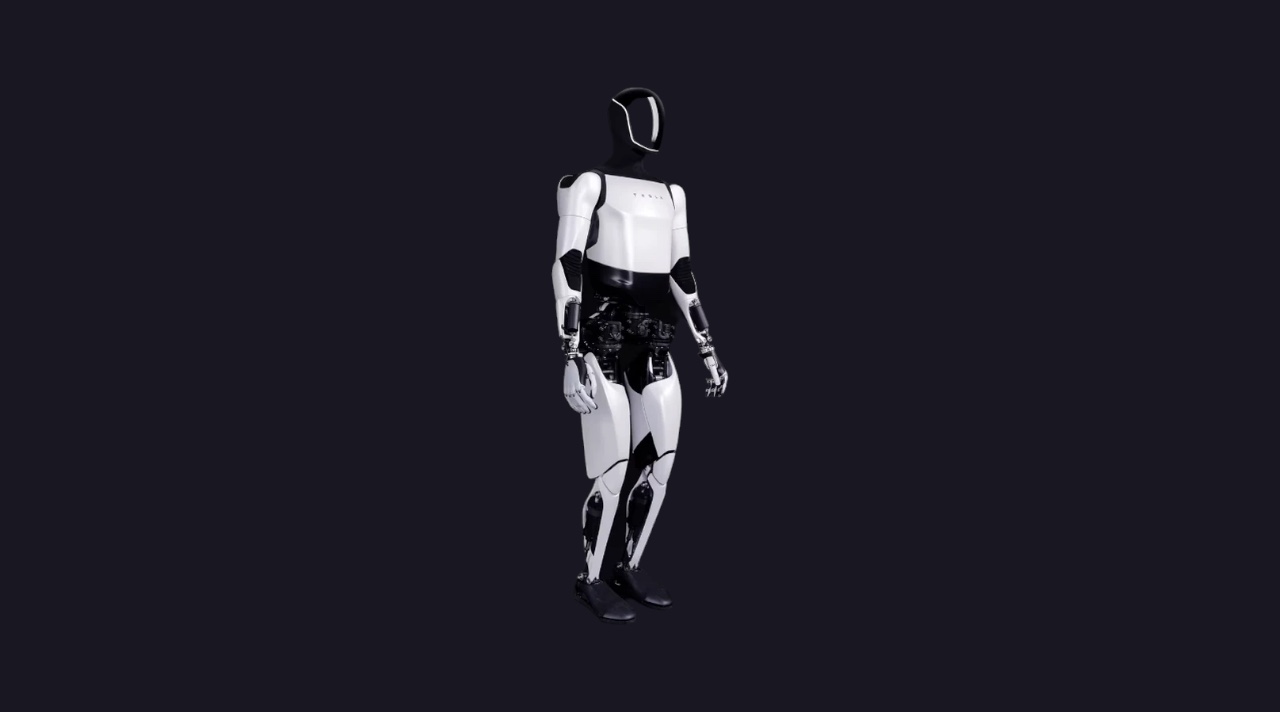Tesla CEO Elon Musk recently unveiled the Optimus Gen 2 humanoid robot at the company’s 2024 stockholder meeting. Priced between $10,000 and $20,000, this advanced robot boasts impressive dexterity and adaptability, with the ability to perform intricate tasks like playing the piano.
With AI capabilities and customizable personality and voice options, Optimus aims to understand and anticipate user needs, revolutionizing the labor market by taking over tasks traditionally performed by humans. Tesla projects a 60% reduction in its workforce by 2030 due to Optimus, while simultaneously creating new opportunities in robotics manufacturing and development.
Tesla’s strategy to utilize existing automotive technology in Optimus promises cost-effective production and increased functionality, positioning the company to potentially dominate the robotics industry within the next decade.
However, challenges remain, including the development of a specialized supply chain and achieving scalable mass production. Despite differing opinions on Musk’s ambitious timeline, Tesla’s track record suggests they may overcome these obstacles.
The Optimus Gen 2 represents a significant technological advancement that could reshape work and industry, leading to increased efficiency and productivity. As Tesla continues to innovate, the widespread deployment of these robots may mark a new era of human-machine collaboration.





